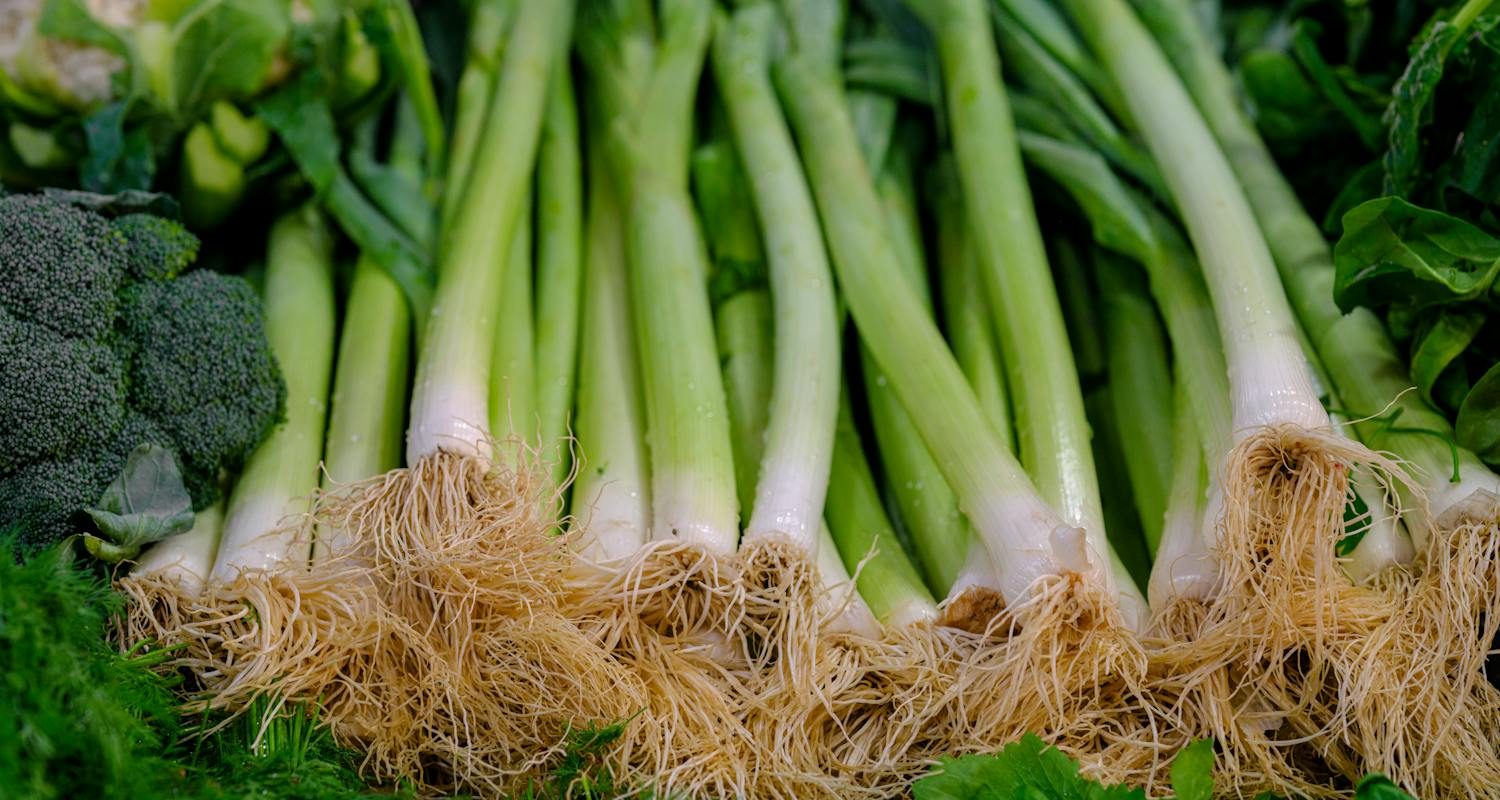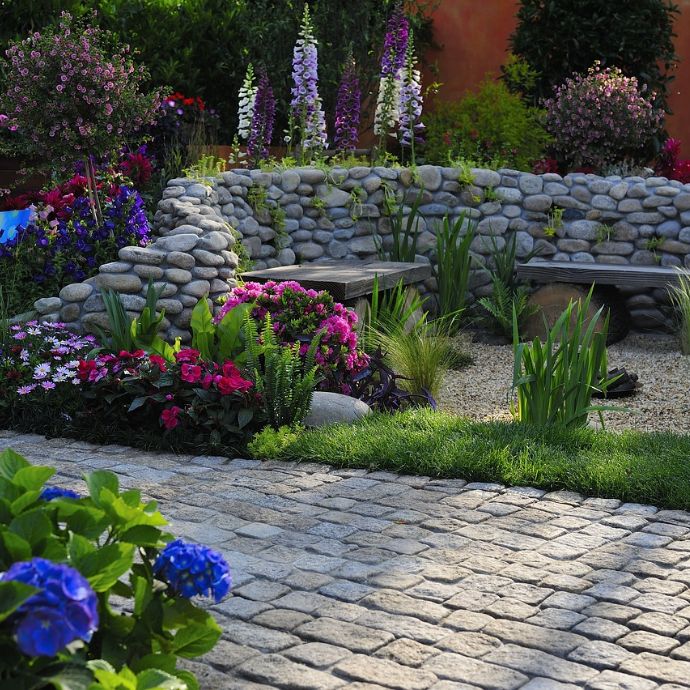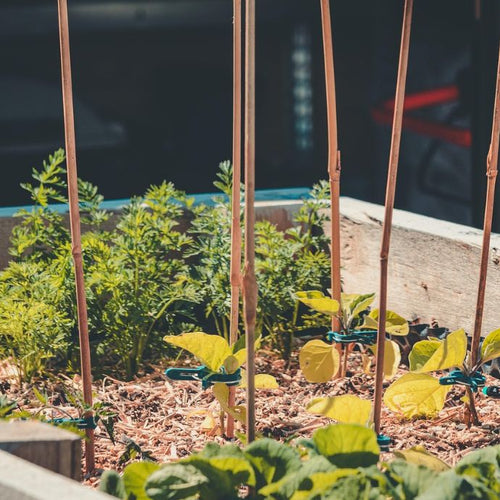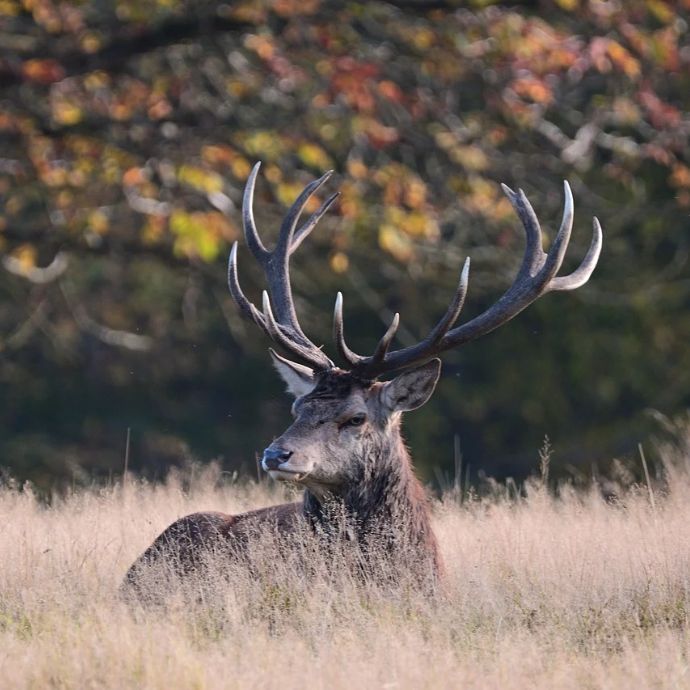How to Grow Leeks

Leeks are tasty Winter vegetables that with a bit of care and attention, are easy and rewarding to grow. Read on for our step by step guide to growing Leeks.
Most common Leek plant questions
When can I plant Leeks?
Leek plants are ready to plant outdoors from May to June.
What kind of soil do Leeks need?
Leeks will grow in fertile, well-drained soil.
If your soil is very sandy or clay heavy, then it is best to use a mix of three parts quality compost (you can purchase compost specifically for growing vegetables) and one part topsoil and use this as your soil.
How much sun do Leeks need?
Leeks prefer to be in full sun.
Position them where they will get 6-8 hours on sunlight daily.

How far apart should I plant Leeks?
If you are growing Leeks in rows then the plants should be about 15-20cm apart with 30cm in between the rows.
If you are planting Leeks in a pot then pick a pot at least 18cm in depth which is big enough for you to space your leeks apart by 15cm.
How to plant Leeks
To plant Leeks you need to dig a small but deep hole, which is usually best done with the handle of a trowel or even a stick.
The hole should be about 12cm deep and 5cm across. The entirety of the roots should be below ground. Then, simply fill the holes with water and you’re done. You do not need to fill in the holes with soil, this will happen naturally over time.
Making sure the plant is dug in deeply encourages bigger growth at the white base of the stem, which is the part people love to use the most when cooking.
How much water do Leeks need?
Water the Leeks well when they are young and also in very dry conditions.
If you are unsure, simply touch the soil and if it is dry down to the top of your fingernail, then give the plant water.

Do Leeks need feeding?
Leek plants will benefit from a feed of good organic fertiliser.
Use a fertiliser such as chicken manure pellets or worm castings when they are planted. Digging in manure will also give great results.
How to care for Leeks
Keep the ground free of weeds either by hoeing it or picking them out by hand.
Because of their shallow roots and the possibility of catching Rust, Leeks will benefit a lot from having the ground around them kept clean and weed-free.

How to harvest Leeks
Leeks are ready to harvest usually 15-20 weeks after they have been planted.
This depends on when they were planted and what variety. They should be about an inch across in diameter before you harvest them.
To harvest leeks simply press a fork in gently near the base of the plant and lift them out of the ground.
Depending on the variety, you can leave Leeks into the ground well into winter. However, the bigger they get, the more they lose their flavour–so think carefully as to when you want to take them out of the ground and into your kitchen.
You can also blanch Leeks to make the base of the stem more white, by sheltering the stem from light two weeks before you harvest them. One way you can do this is cut down a finished cardboard kitchen roll and then wrap this around the stem like a long collar.

Common Leek plant problems
The most common Leek pests and diseases are Onion Fly, Allium Rust, The Allium Leaf Miner, and Onion White Rot.
The best protection is to cover Leeks in a horticultural fleece and maintain good garden hygiene practices.
Read below for specific information on all of these problems.
Onion Fly
The Onion Fly lays eggs at the base of the plant and the resulting maggots eat the bulb and roots.
They will cause the leaves to wilt and become yellow. For this pest a horticultural fleece offers the best protection as it prevents the flies from laying their eggs near the plant.
Allium Leaf Miner
The Allium Leaf Miner is a small fly about 3mm in length whose maggots eat the plant from the inside out causing white blotches to form on the stems.
Like the Onion Fly, the best protection is a horticultural fleece to prevent the fly from landing and laying its eggs.
Onion White Rot
Leeks are susceptible to Onion White Rot, a fungal infection that causes the stems and leaves to go yellow and wilt whilst the bulbs underground rot, becoming covered in a white fungus.
There is no remedy for Onion White Rot, you can only do your best to avoid it by maintaining good garden hygiene practices such as ensuring people from over gardens wash their shoes and tools to stop the spread of contamination.
If you get Onion White Rot, burn or bin all infected Leek, Garlic or Onion plants in your garden, clean all of your tools and shoes thoroughly and do not plant Leeks Garlic, or Onions in that ground again for another 15 years.
Allium Rust
Allium Rust is a fungal infection which causes tiny orange, rusty coloured bumps to appear on the leaves.
Allium Rust is not as serious as White Onion Rot, but if the plant suffers from a serious infection it will decrease the overall yield of that plant. Rust thrives in crowded, humid conditions. To prevent Rust it is best to properly space apart your plants and to water plants at the base in the morning, giving the day enough time to evaporate the water on the leaves.
Rust is also unable to live on dead plant matter, so, if you suffer one year from a Rust infection, simply clear away the ground thoroughly of all live vegetation over winter and this should rid the garden of the fungus.
Last updated: 22/07/2024




















